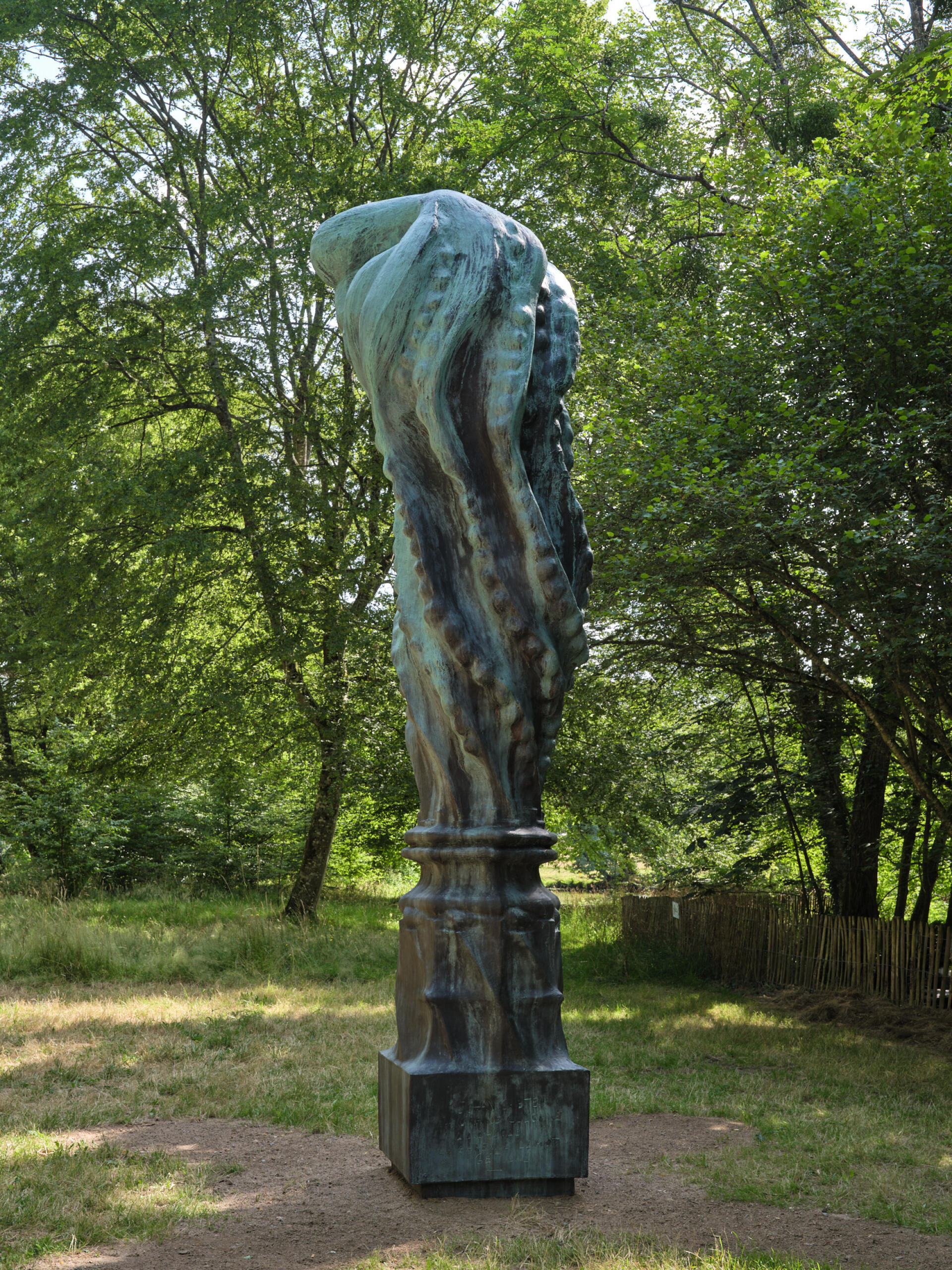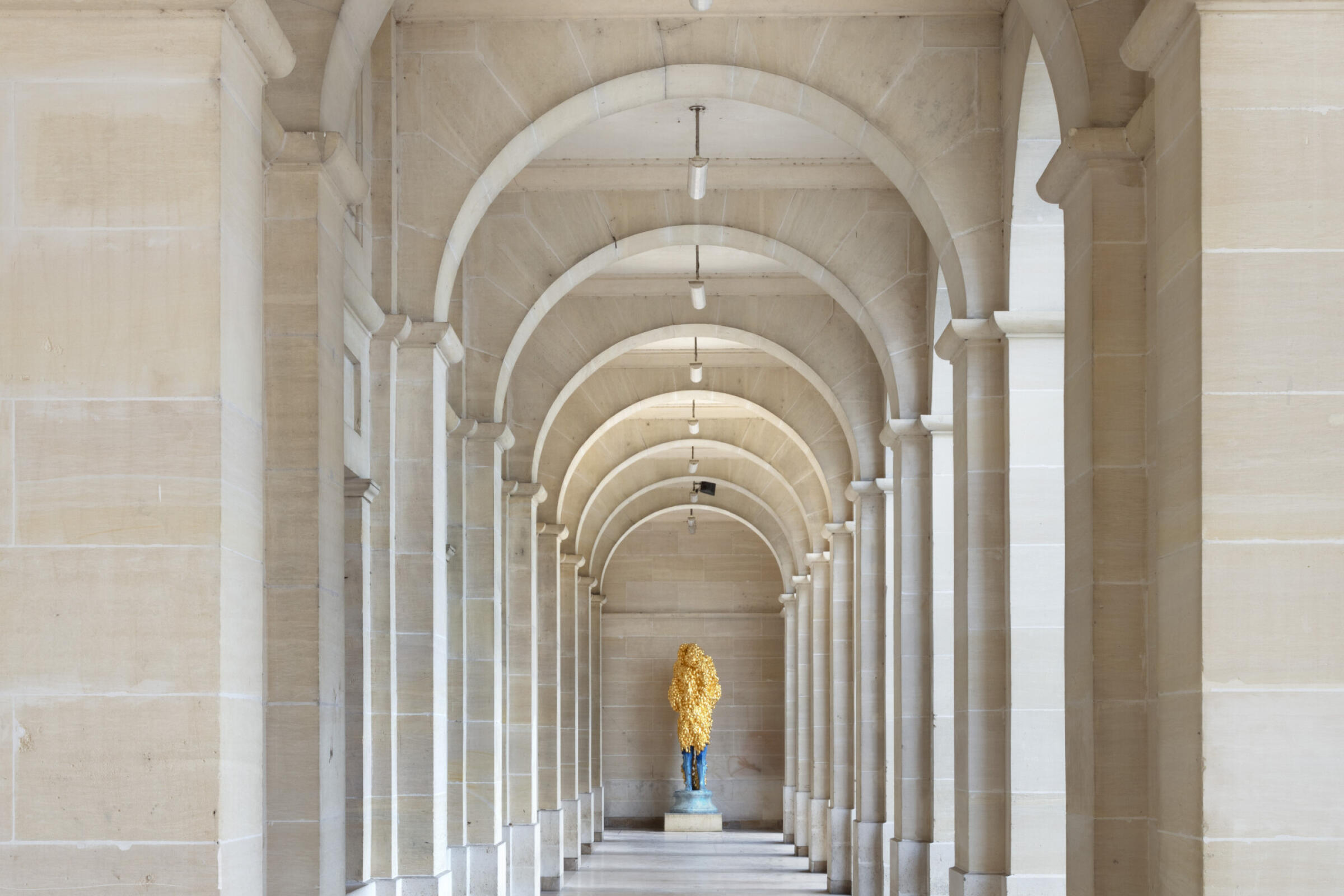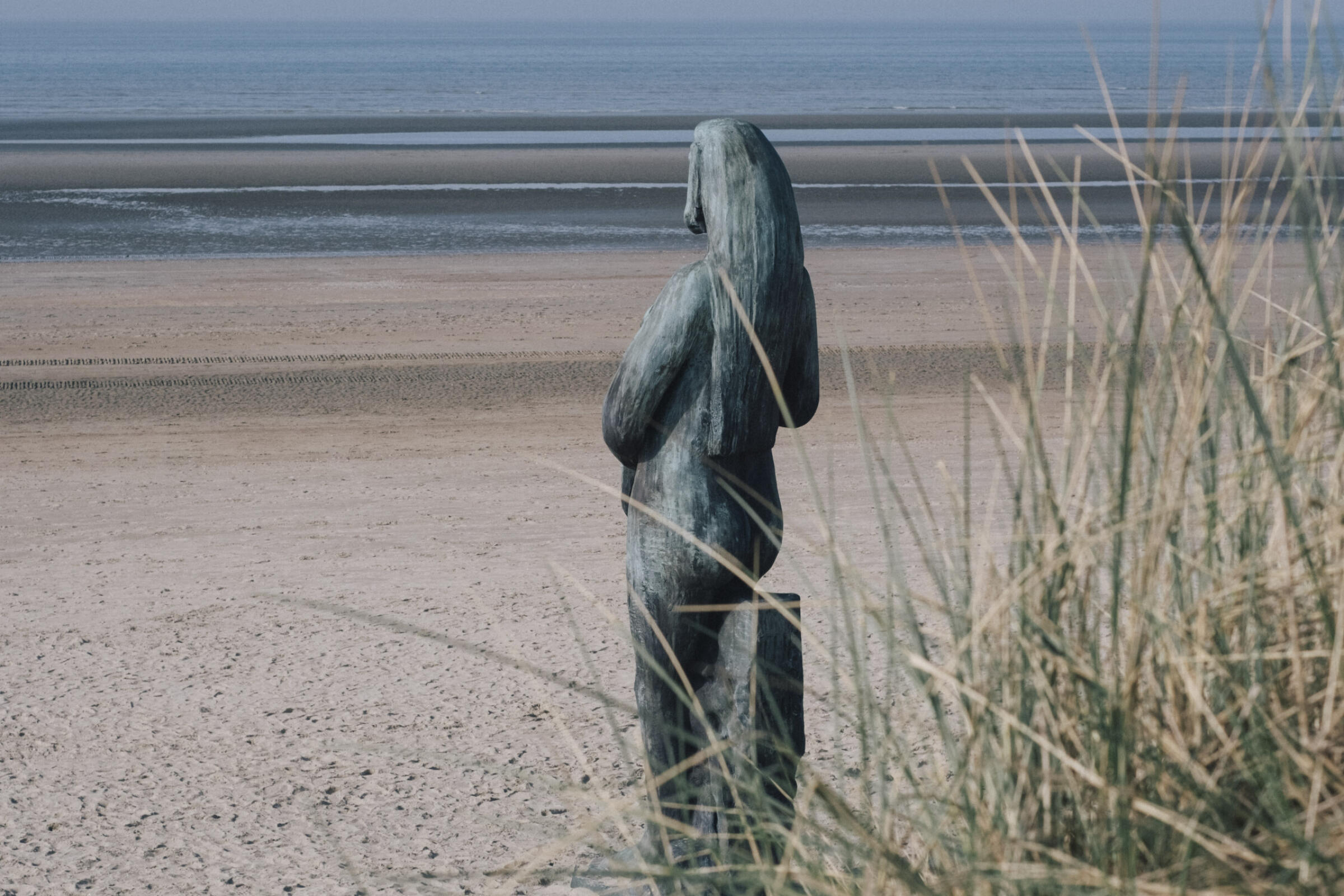
"Les Fabriques ou la Rage des Utopies"
Domaine de la Garenne-Lemot
Clisson, France
Solo exhibition
Domaine de La Garenne Lemot, Clisson, France
April 6 - September 29, 2024
Johan Creten is invited by the Département de Loire Atlantique for a carte blanche exhibition at the Domaine de la Garenne Lemot. Nearly eighty of his ceramic and bronze works are on show. The internationally-renowned artist selected these works by immersing himself in the ambience and architecture of the site, to offer a journey punctuated by surprises and moments of intimacy with his creations.
With one foot in history and the other in current affairs, Johan Creten evokes the complexity of our world in this intriguing, uncompromising, utopian and committed exhibition. A lover of materials and a seeker of form, he is constantly reinventing himself, and invites us to discover his abundant universe and some of the themes that are dear to him: the history of art, dreams, the aspiration to greatness and the fragility of life.
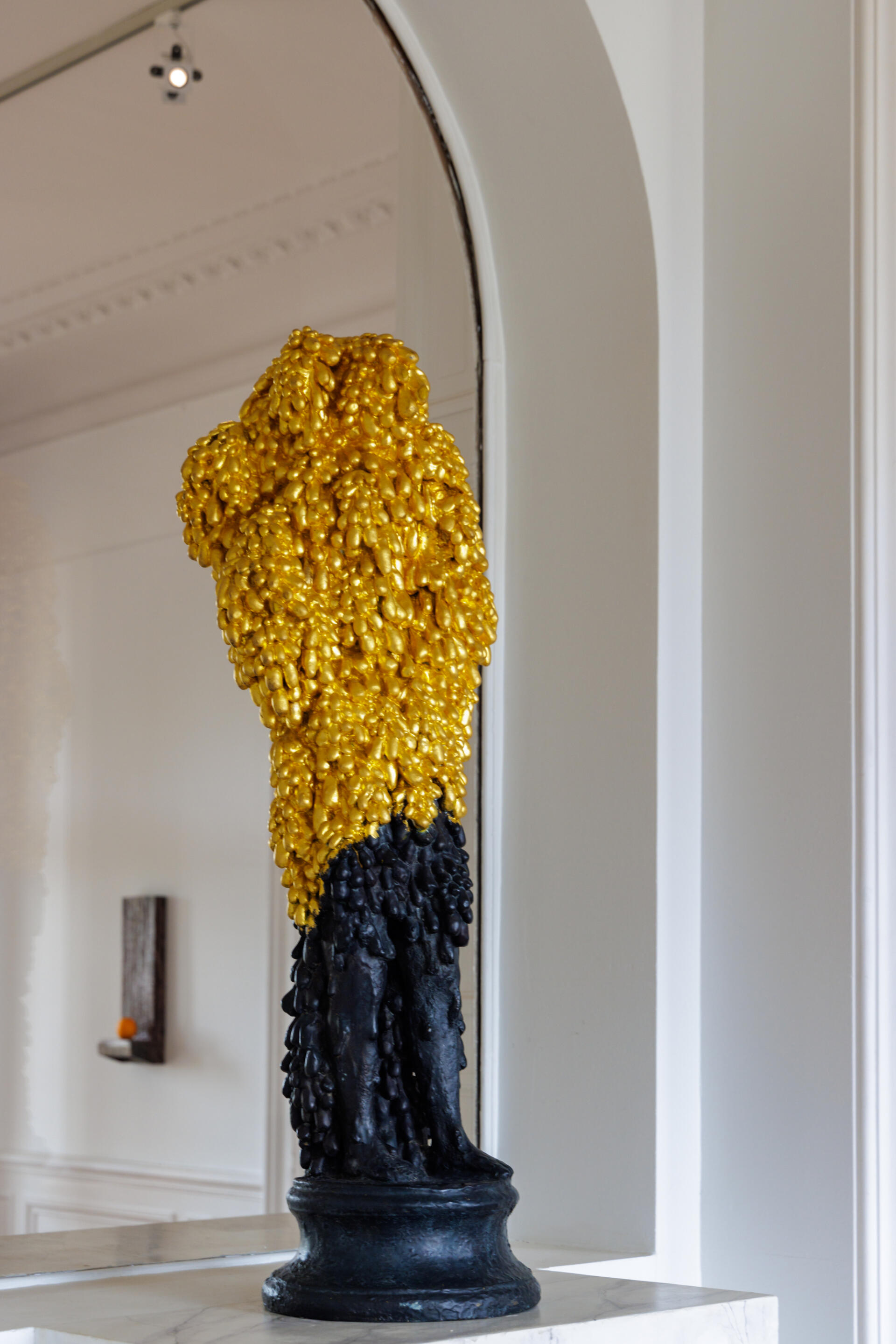
The exhibition opens with the sculpture Why does Strange Fruit always look so Sweet? (1998-2015). This work was born in 1998, in the Mexican desert, during an artist's stay: Johan Creten, then ill and feverish, observed the dates falling from the tree in the garden. Here, a partially gilded bronze version is on display. It shows a human body undergoing metamorphosis as a result of magical or biological contamination. This enigmatic work explores the idea of resurrection, the cycle of life, the degeneration and rebirth of things and people. Another version can be found in the collections of the Bass Museum in Miami.
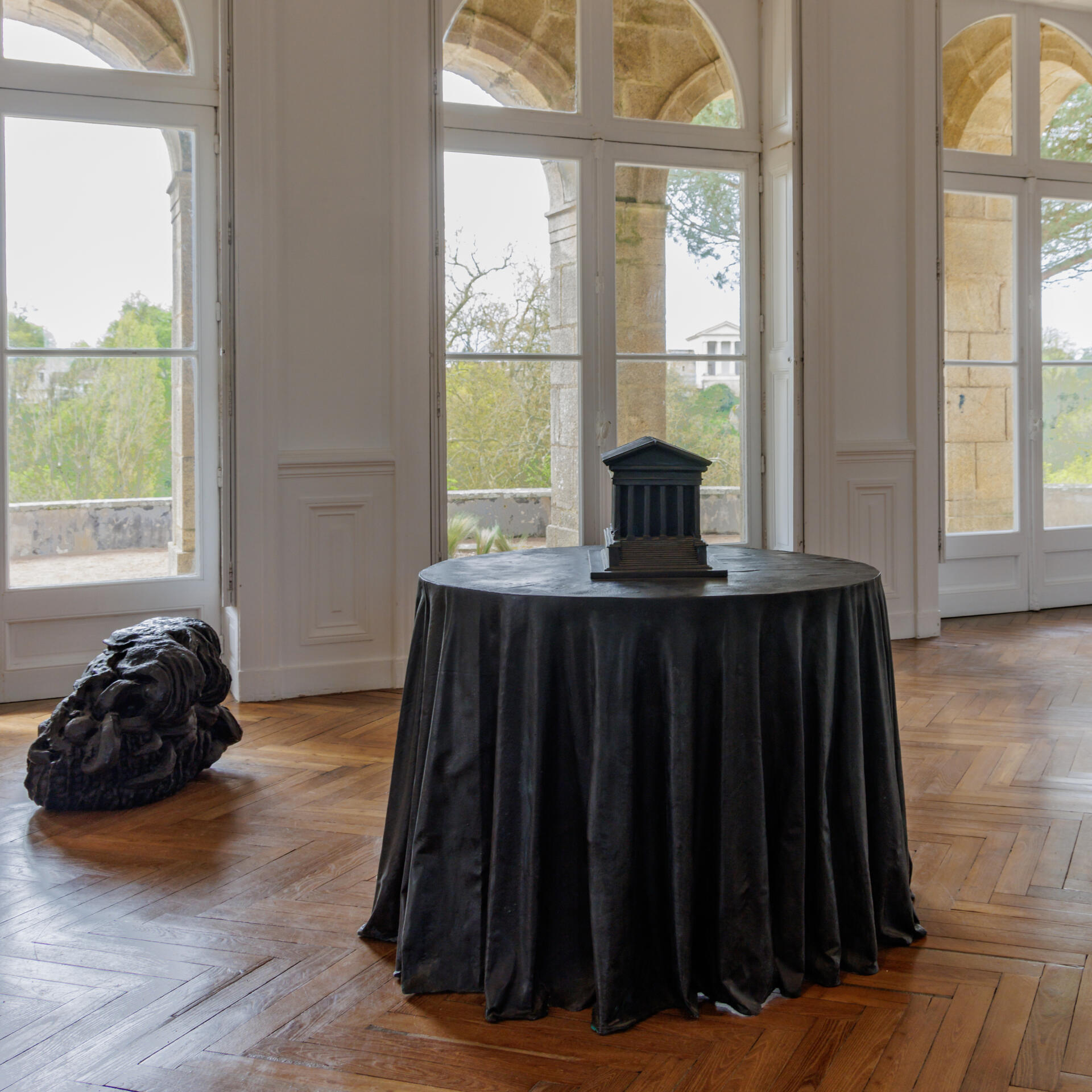
In the first room, a small model of a temple is placed on a table. The work is a remarkable “trompe- œil” cast in bronze, the famous sculpture Le Rêve de la Baronne (2011), a complex creation questioning the idea of the home, private space and what constitutes the basis of our society. It is also a remarkable tribute to the history of Clisson and the Garenne Lemot estate: through the window, you can see Le Temple de l'Amitié on the other bank of the Sèvre nantaise. Built between 1812 and 1819 by architect Mathurin Crucy, it owes its name to the friendship between the Cacault brothers and sculptor François-Frédéric Lemot.
On the floor of the same room are a number of strange anthropomorphic objects, half octopus, half figure, on which visitors can freely sit to contemplate the works and the landscape. Here, art is accessible; nothing separates visitors from the works in all their materiality.
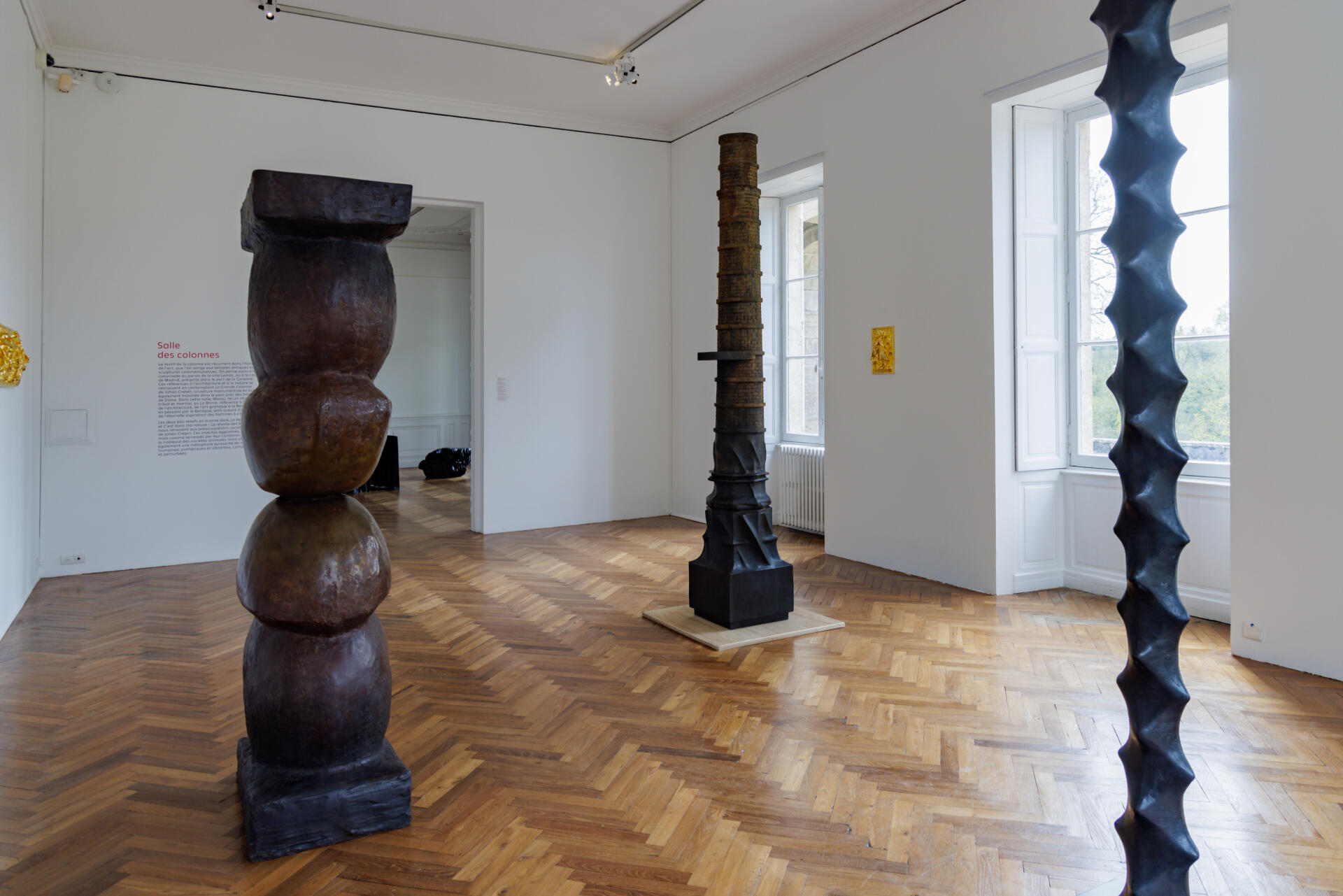
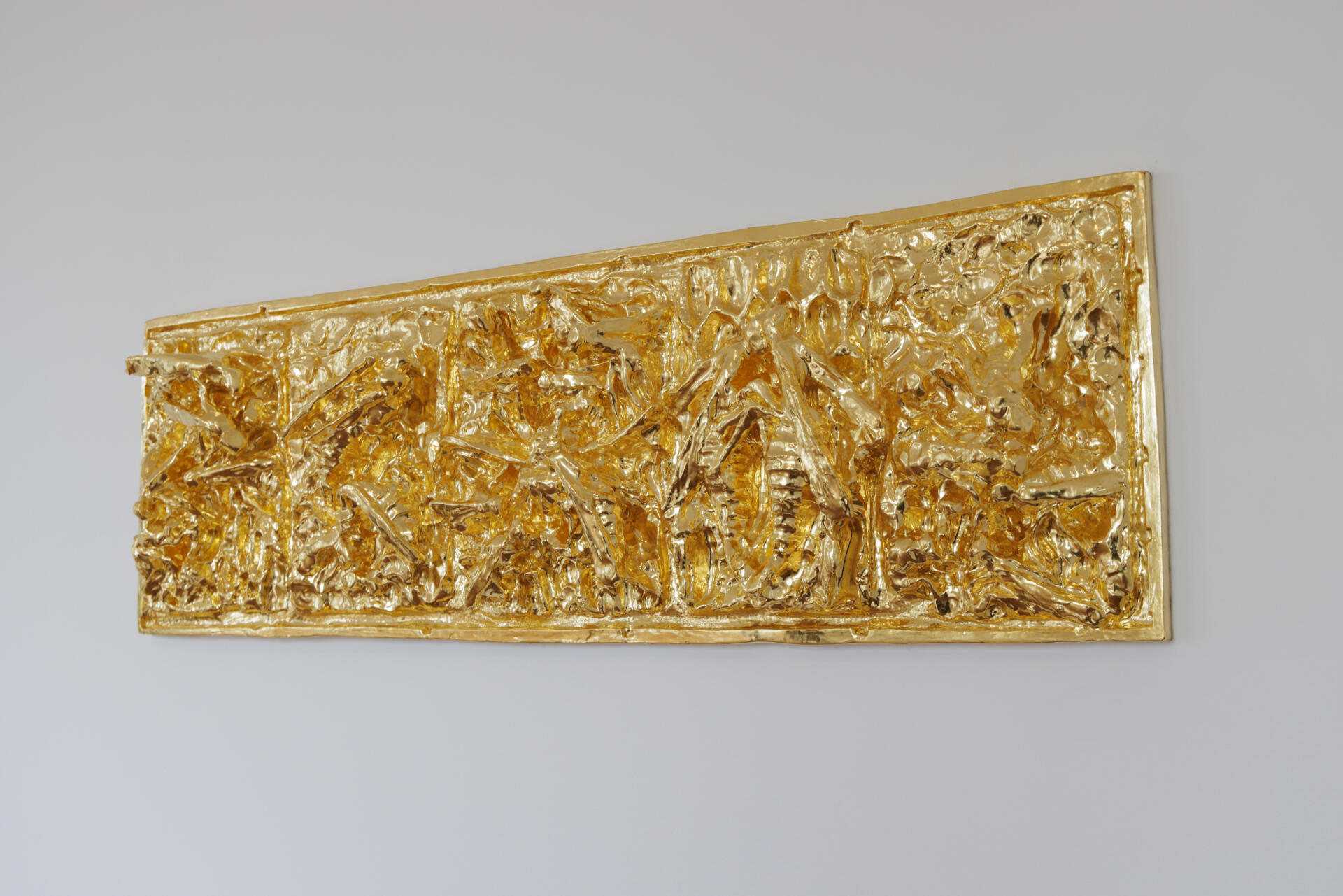
In the room on the right, visitors are confronted with a series of monumental columns, eternal symbols of man's aspiration to rise. The first is named Massu, like a primitive, tribal and martial object, a reminder of Brancusi's La Colonne sans fin (The Endless Column), a reference also present in another Johan Creten work, Le Baiser (The Kiss). The third column, La Borne, is a reference to the history of architecture, from Gothic to Renaissance to Baroque: the base suggests a slight movement, evolving into the shape of a 19th-century industrial chimney, reinforced by a trompe-l'oeil of briquettes created using the lost-wax technique. A strange element seems to emerge from this column, evoking the spaces found in the world of video games and symbolizing a change of era, the advent of a new age in which mores and customs are evolving. Two bas-reliefs in gilded bronze are part of the C'est dans ma nature performance. The piece was created in the Paris suburb of Aulnay-sous-Bois in 2001 and recreated in Mechelen, Belgium, in 2021. Johan Creten refers to the work of Maurice Maeterlinck and his La Vie des Abeilles, offering a powerful metaphor for societal complexity.
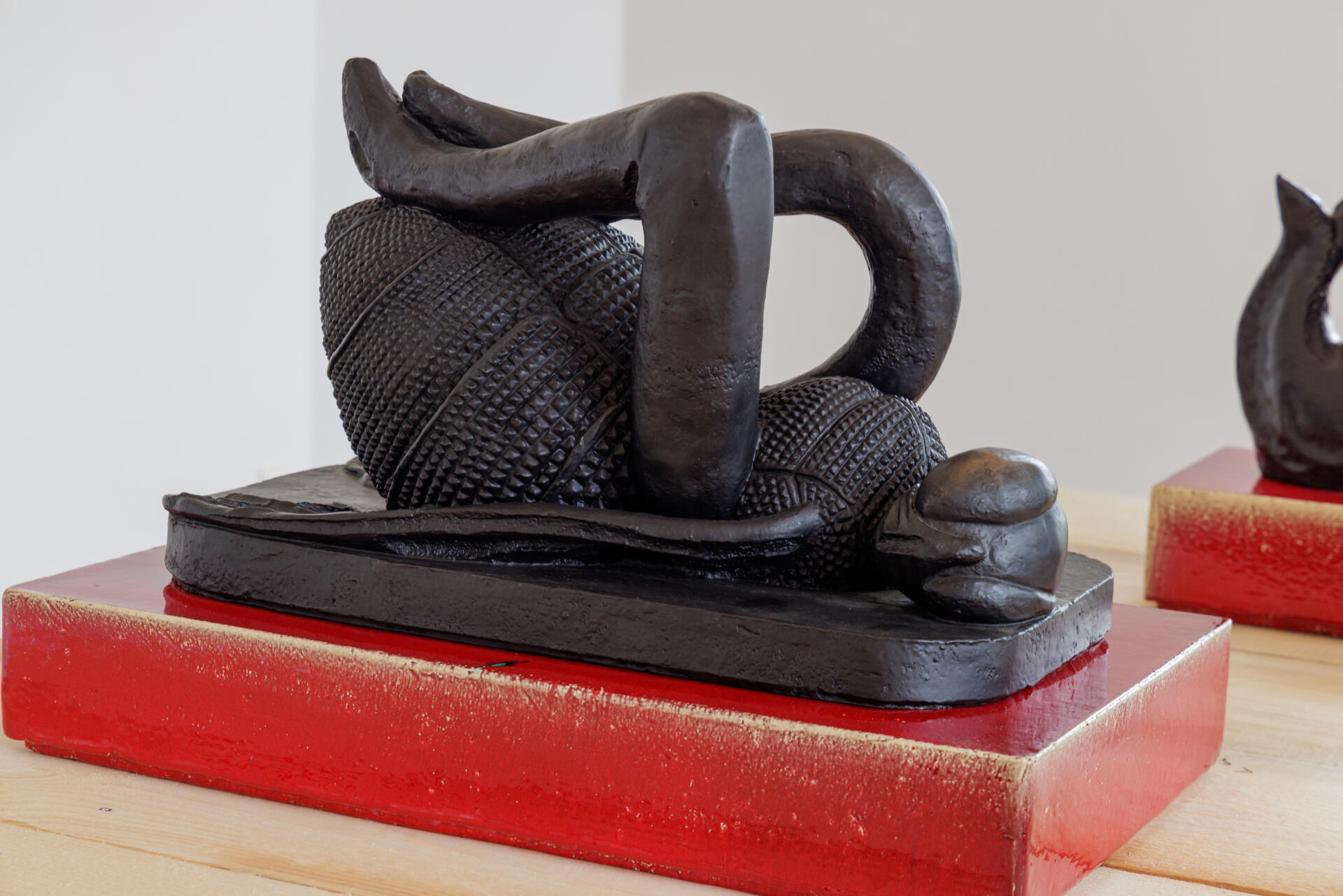
Colored ceramic pedestals topped by sculptures in patinated bronze are arranged on a crude wooden platform. Some are reductions of major works by Johan Creten, including The Herring, a five-metre-high sculpture currently on display in the North Sea in Belgium, and La Mouche morte, in the collections of the Musée d'Art Moderne de la Ville de Paris. These works resonate with the bronzes by Italian sculptor Francesco Fanelli (Florence, circa 1590 - 1653), known as the first to create fireplace bronzes, decorative objects intended to embellish everyday life.
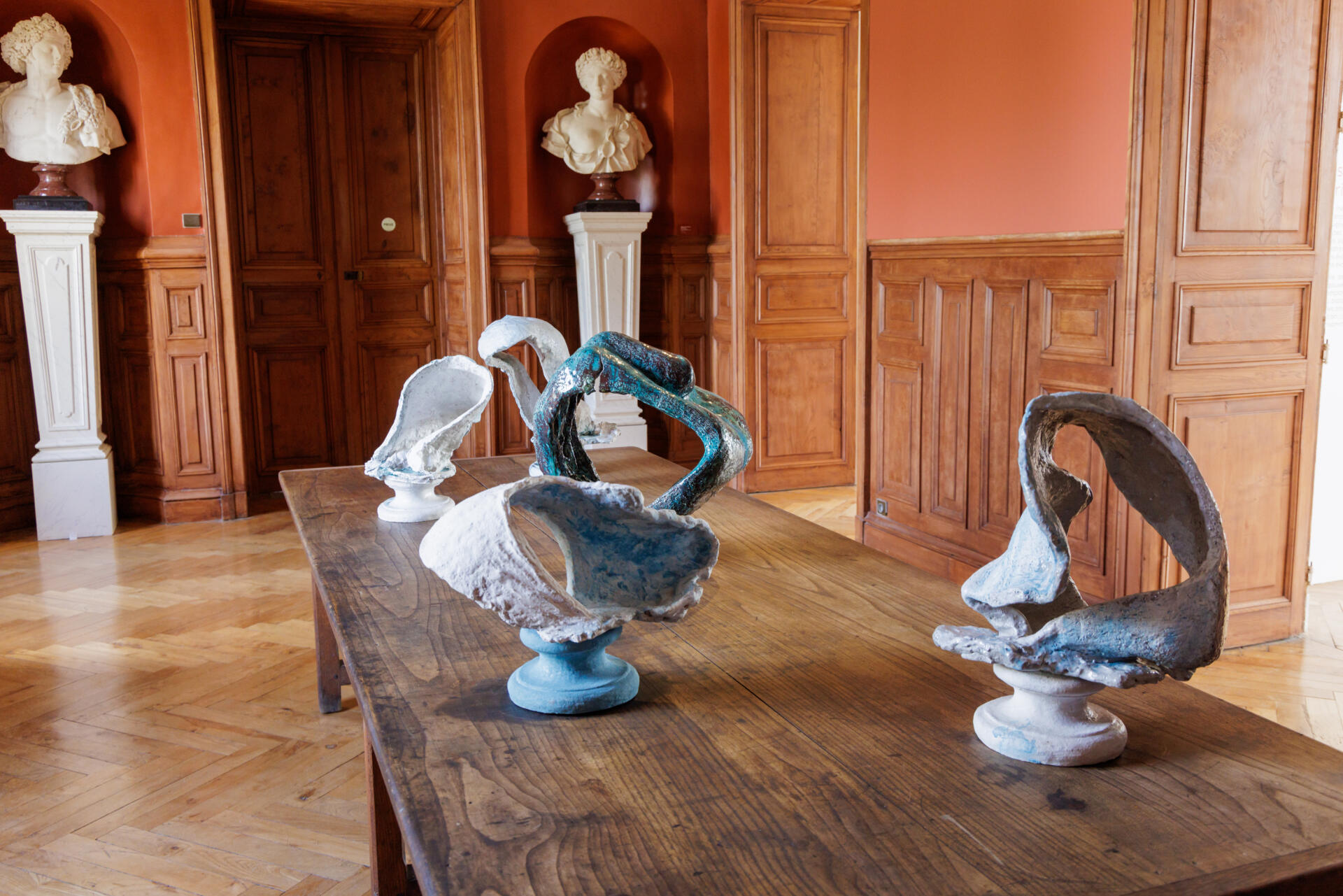
On the second floor, in the Galerie des Illustres, we discover an old wooden table on which rest ceramic sculptures called Les Fortuna. An Italic divinity, Fortuna is an allegory of good fortune, symbolizing destiny and infinite possibilities. These large sail-like forms, folded in an arc and inflated by the wind, can tear, as shown in one of the versions presented, but can also change direction, reflecting the elusive and changeable nature of fortune and the uncertainties that weigh on our world.
These works are set against a masterpiece of Baroque sculpture by Francesco Bertos (1678-1741), from Johan Creten's personal collection. These two representations of fortune face each other in the Galerie des Illustres, a historic site that reveals how fortune influences the destinies of men and artists.
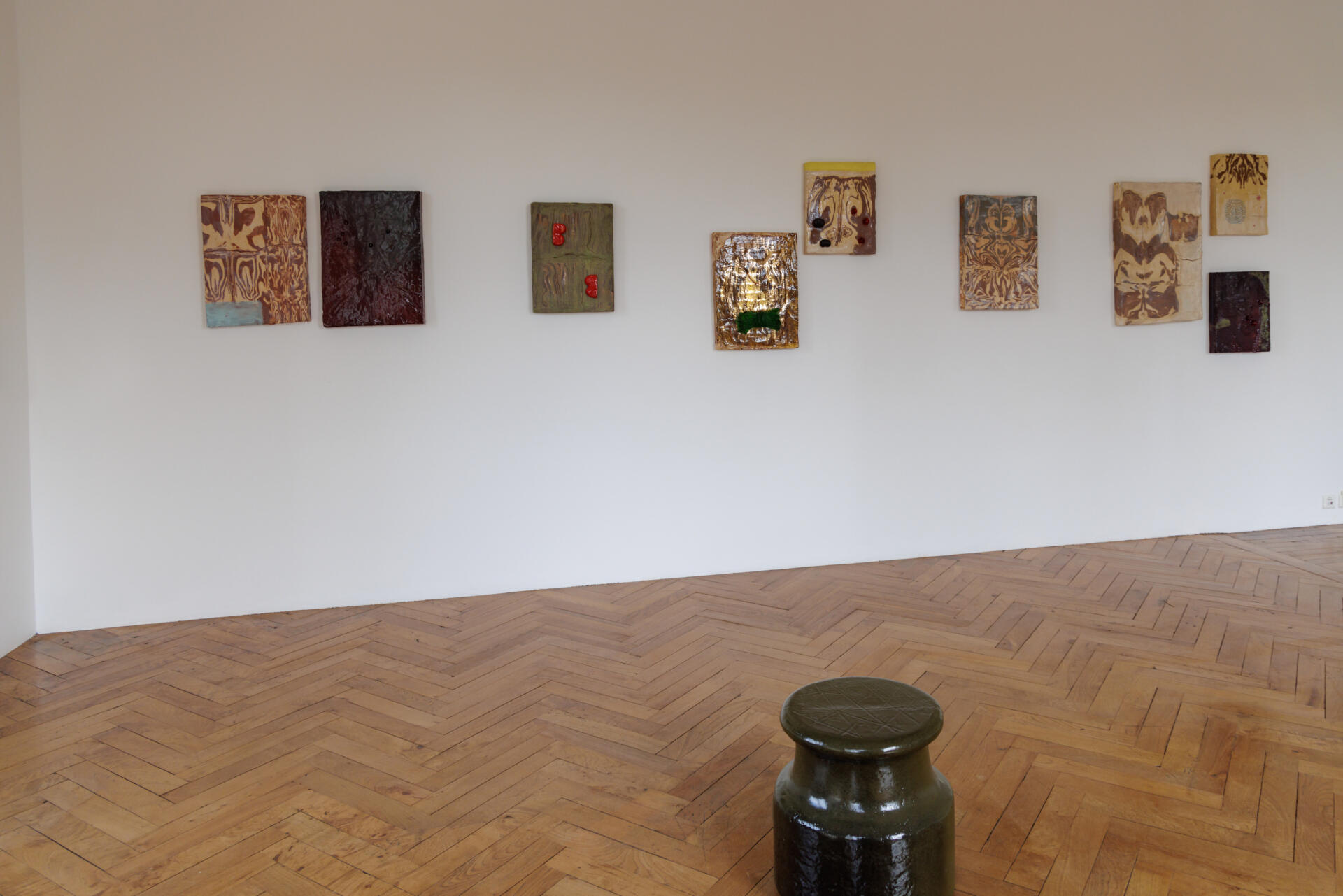
This room brings together works produced at Alfred University (New York State, USA) under the name Alfred Paintings. They explore the idea of cracks and the ravages of time.
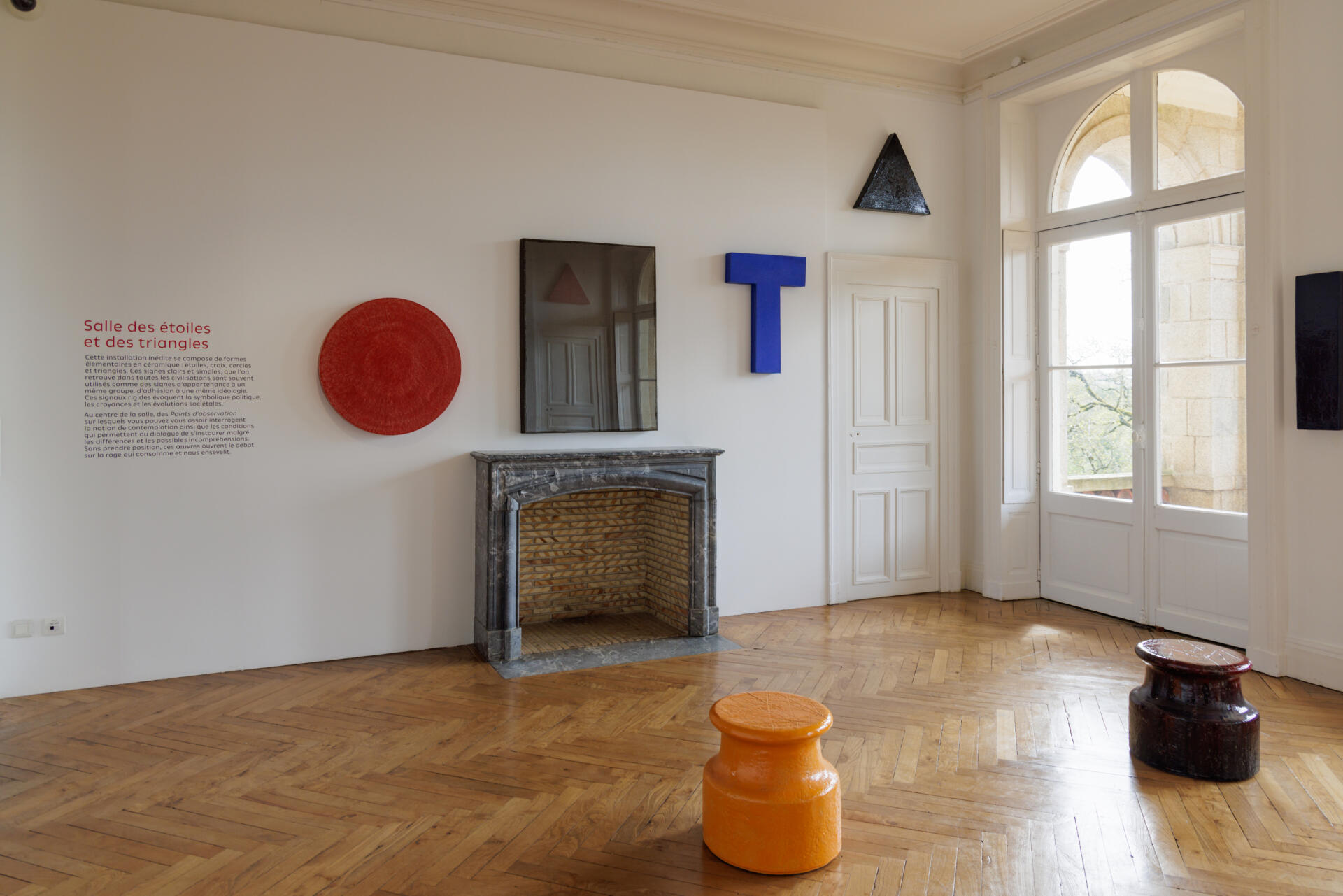
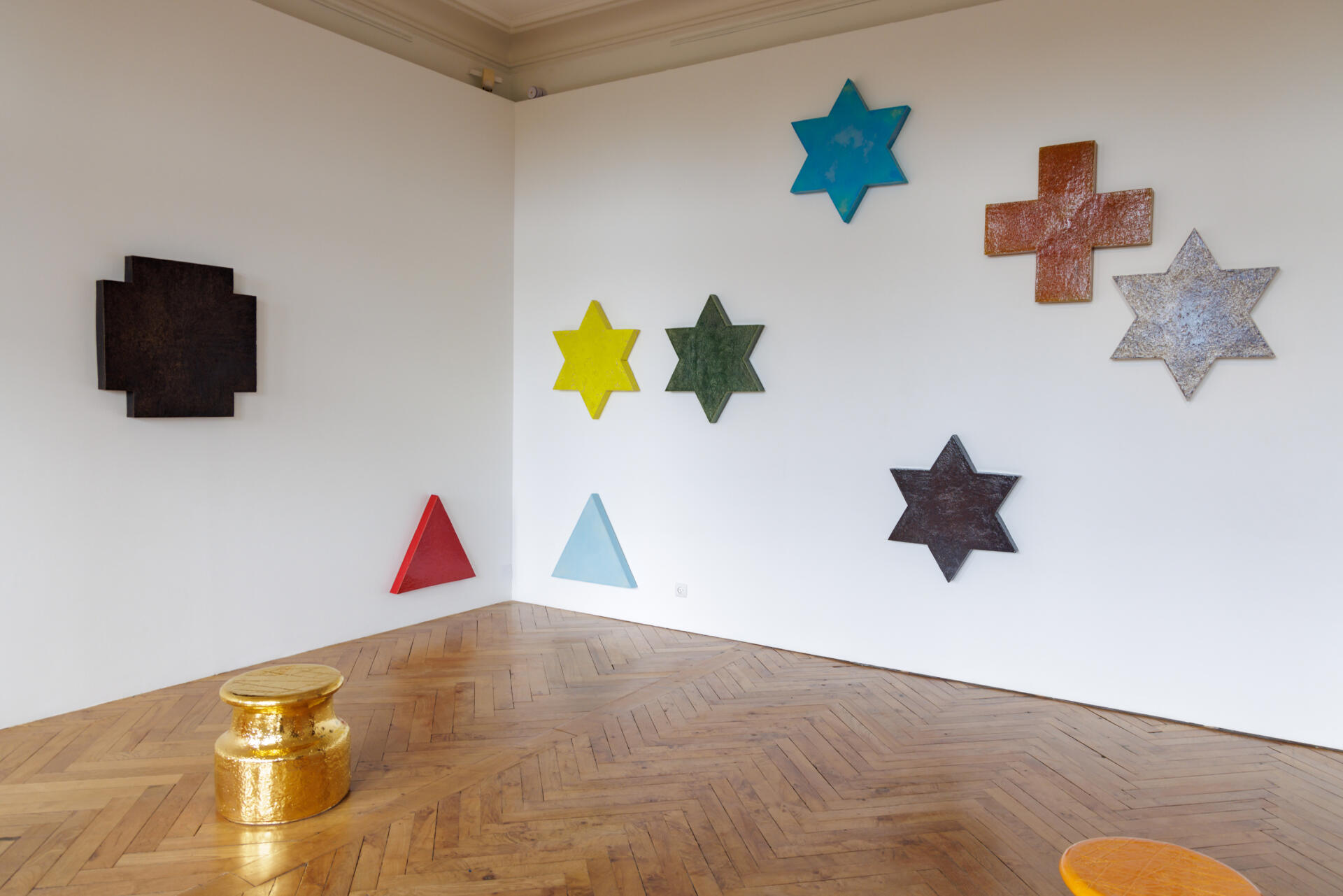
The central salon on this floor features an original installation of elementary ceramic forms. Clear, simple signs such as stars, crosses, circles and triangles evoke political symbolism, beliefs and societal developments in the form of rigid signals. The room also features Observation Points, glazed stoneware bollards on which visitors can sit. In this way, Johan Creten questions the notion of contemplation and the conditions that enable dialogue to take place. Without taking a stand, this room opens the debate on the rage that consumes and buries us.
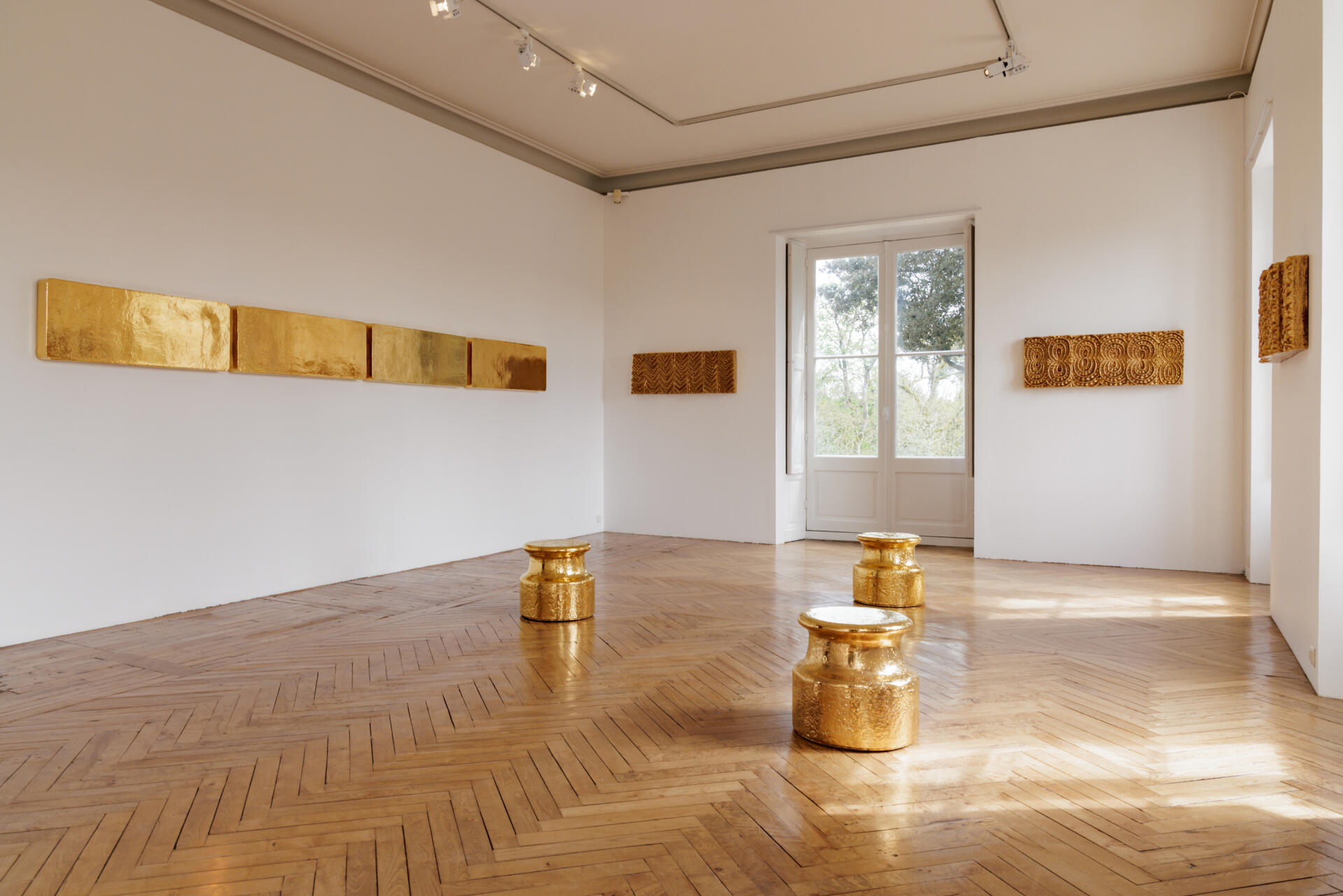
Finally, the journey ends in apotheosis, with the presentation of golden pieces, creating a dazzling horizon. It symbolizes what the artist has called the rage of utopias, a distinctly human perspective combining violence, fear and hope. Reliefs in gilded stoneware, whose abstract images evoke visions of a different order, express the ambition of an ideal, dreamed-of life. The journey through the various rooms can be read as a narrative of relative complexity, ranging from abstraction to figuration, historical works, works by other artists, early works and recent works, in order to tell a story about today's world.
